This article is an opinion piece and does not necessarily reflect the views of the Daily Dot.
Social media is ablaze this holiday season with discussion surrounding player salaries, transparency, and the overall economics of an esports team.
I’m in a unique position to witness these economics at work. I’ve seen clients fail to get their teams off the ground, and I’ve seen them flourish. Some clients have been outbid on players by other organizations who were willing to pay well beyond market value, some have set those trends, and others have failed to keep up because they felt like players weren’t “worth” what they were asking for, even when the salary was likely reasonable.
I can’t and won’t reveal specifics, but I can add some valuable context. And while I’m glad these issues have been brought to the fore, the inability of this debate to engage with the bigger picture has rendered it largely superficial and, at least by certain significant parties, incredibly misleading.
The Player Perspective
Aside from winning, players want to make sure they are well-supported and fairly compensated. This is where the whole debate began. While this isn’t the main point of this article, I’ll go on the record as being pro salary transparency.
It’s very challenging for a player to demand his or her fair market value without actually understanding the market. How much does the average player at a certain level in a certain game make? How much do stars make? How do social media followings or general popularity factor into compensation?
Team owners tend to have better access to this type of information—there are far fewer owners and there’s more stability among that group, causing information to flow more freely, consistently, and with some level of organization. Players undoubtedly talk amongst themselves as well, and the notion that players are completely in the dark about how much other players make simply isn’t accurate. You don’t have to take my word for it.
You are naive if you think that players don’t know what organizations are offering and what most of the people earn, please don’t be stupid
— Marcel Feldkamp (@MarcelFeldkamp) December 25, 2015
But there is still information asymmetry, and therefore clear value in publicizing all salaries (just as happens in the MLB, NBA, and NFL), so long as people are willing to open their minds to the reality that the hard numbers are far from revealing the complete picture.
Releasing salaries would be a step in the right direction, but it’s not going to solve the macro issue. Players are still relatively inexperienced in business matters and negotiations, are generally unorganized, and are far less likely to be represented by attorneys or agents. These issues are the real root of the problem, and while they’re improving year over year we still have a ways to go.
The Team Perspective
Teams are much more focused on the big picture—namely, that all this growth is actually sustainable. While there are certainly exceptions, the overwhelming majority of team owners want to compensate their players fairly. But how do we determine what is “fair”? In most industries, that can be easily dictated by the market. But the market can be misleading when it is in a state of flux, and nowhere is that more true than for esports heading into 2016.
I often think of the current set of esports teams as breaking down into three categories: (1) established and highly successful orgs (examples: Team SoloMid, Cloud9, EnVyUs, Fnatic, and Team Liquid); (2) well-funded, newer orgs (examples: Immortals, NRG, Echo Fox and Ember); and (3) everyone else. Categories 1 and 2 are generally able to pay their players more (though I’m by no means saying they’re all on the exact same level). Let’s stop and think about why. Category 1 teams tend to have the highest and most consistent revenue streams (primarily sponsorships).
Meanwhile, category 2 teams can compete simply by having significant investor funding, which is undoubtedly betting on their ability to catch up to (and likely surpass) the revenues being generated by those in category 1. This may be me stating the obvious, but it’s somehow getting lost in the public dialogue to date.
The real problem lies in the impact the expansion of category 2 has had on category 3. How much is a player really worth? The market is evolving so rapidly that it’s impossible to say for certain. When the Lakers signed Kobe Bryant to a contract worth $25 million per year, despite being well past his prime, it was impossible to argue with the economic reality of that deal. Kobe puts fans in the seats, while driving an insane amount of sponsorship revenue and single-handedly increasing the value of the Lakers TV deal. In fact, every analysis I read at the time determined he was probably worth much more (he received the max deal under the NBA salary cap).
Now apply that same type of analysis to Bjergsen, Olofmeister, or SumaiL. It’s much harder. We know they’re valuable and popular. We know they have hordes of fans that will follow them to any team. We know they’re driving revenue, but we’re just not as adept at quantifying that value as traditional sports are, in large part because we’re still busy working to have the economics of esports catch up to its popularity. This is the world in which the team owner operates, and that uncertainty makes it very difficult to determine what “fair” value is for a particular player.
The Economic Big Picture
When we dive a little deeper into the transparency discussions and the debate surrounding Ember’s recent release of their salary figures we get to one of the biggest questions percolating behind the scenes: are the higher salaries sustainable? I’ve had this discussion with a wide array of industry insiders over the past few months. Naturally, opinions vary.
Here’s the simple truth: no one has the answer.
We don’t know if an average League Championship Series team or top 15 Counter-Strike:Global Offensive team can shell out $15,000 per player per month and generate enough revenue to turn a profit. We know those numbers are difficult to justify for most teams in the current ecosystem based on current revenues, but we also know the industry is growing rapidly. Some very smart people are betting on that growth, a lot of which is projected come from the entry of a wide array of non-endemic sponsors looking to gain access to our valuable and very difficult to reach demographic.
On a personal level, I have a friend who did sponsorship work for the pro surfing league and he laughs when I ballpark sponsorship levels for most esports teams. Surfing blows us out of the water. Let me say that again. Surfing blows us out of the Water. That makes absolutely no sense when you think about how many more eyeballs are on your average esports pro in games like League, CSGO, and Dota 2 through competitive matches, streaming, and unique content creation.
On the flip side, we’re not there yet and paying players based on future revenue generation potential is a risky venture. And that’s the core fear, particular amongst esports lifers—people who admittedly have been part of this ecosystem far longer than me. They’ve been here before, and they worry that setting player expectations at a certain level will ultimately limit our collective growth; they fear that the teams that make these large investments will drive out other orgs, and when the new orgs fail there won’t be enough good ones left to keep the industry moving forward.
Ultimately, I side with the people betting on sufficient growth to sustain these types of salaries. I also think these investments will help create the future esports ecosystem we want to see. High salaries will incent more talented gamers to focus on going pro, raising the level of professionalism and competition, which should in turn help attract the non-endemic sponsors we’re desperately seeking.
With all that said, I’m weary of anyone on either side of the debate who approaches this issue with some of the certainty I’ve seen floating around social media over the past 48 hours. Reasonable minds can and do disagree on how this influx of team money will impact the industry in the long run.
Conclusion
This all comes back to player salaries in a very concrete way: how a team owner views the market will have an enormous impact on what they view as “fair” value for a player. So if player salary numbers are ever made public—and I hope that they are—please approach them with the nuanced thought they deserve. Not every team is created equal. They have different backgrounds, different levels of investment, and different philosophies on how to grow their businesses. I don’t know for certain who is doing it the “right” way, but I do know this: the situation is infinitely more complex than 140 characters has room for.



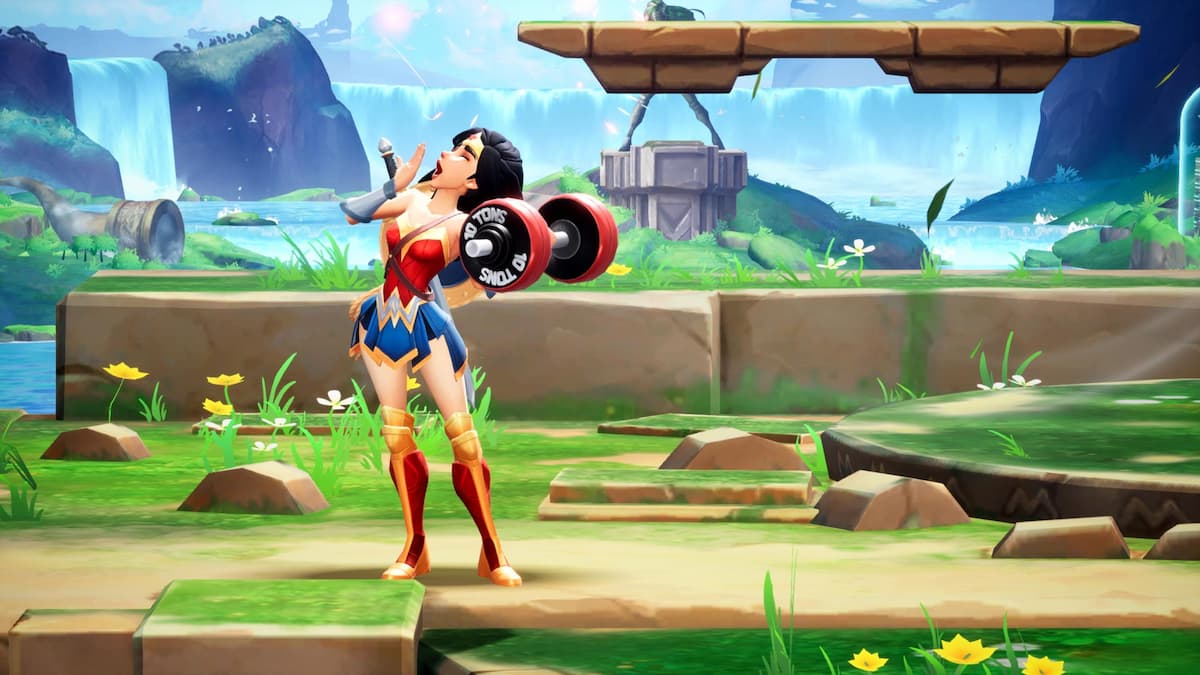

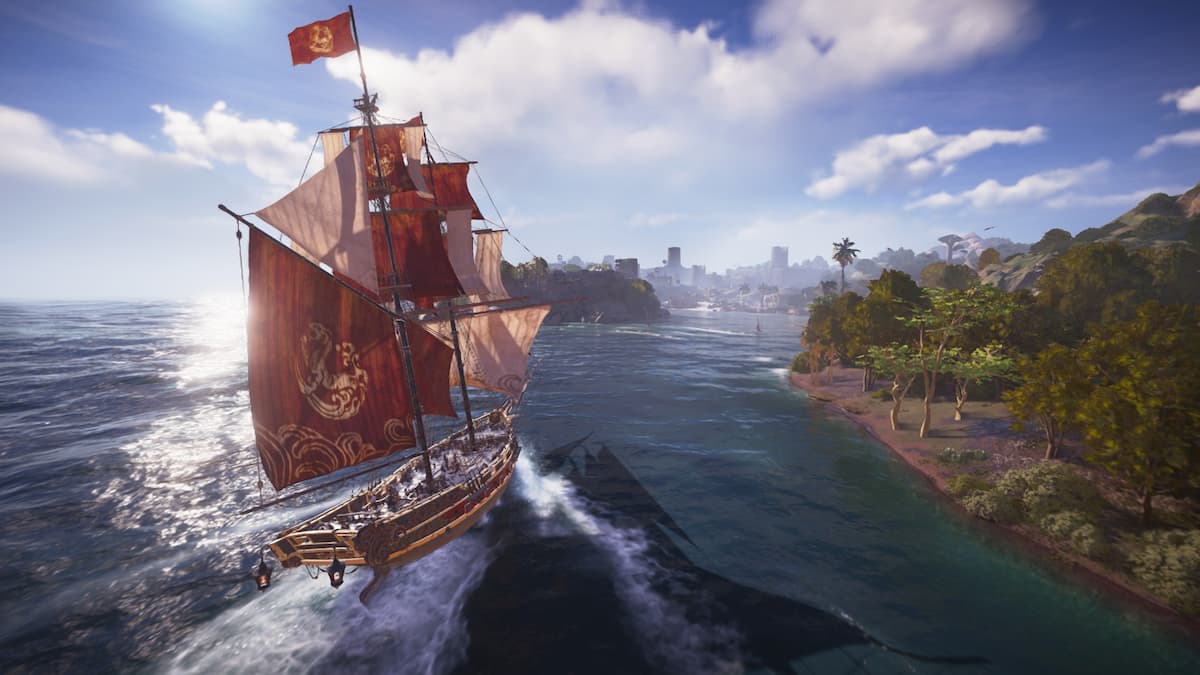
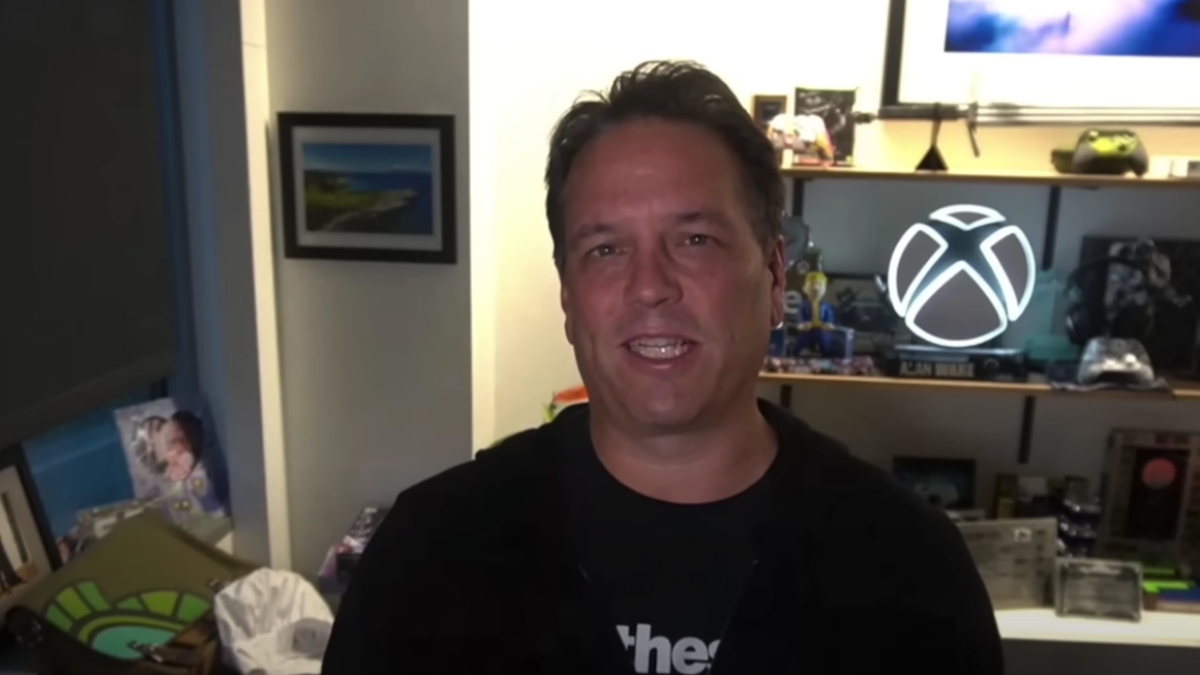



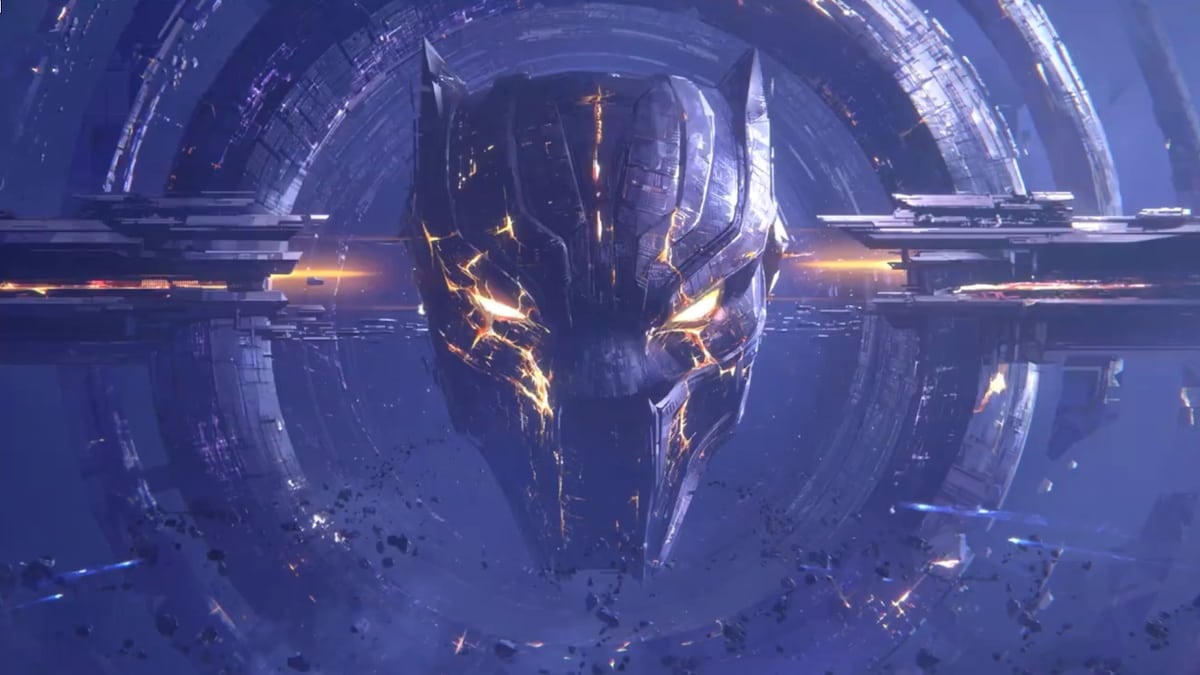
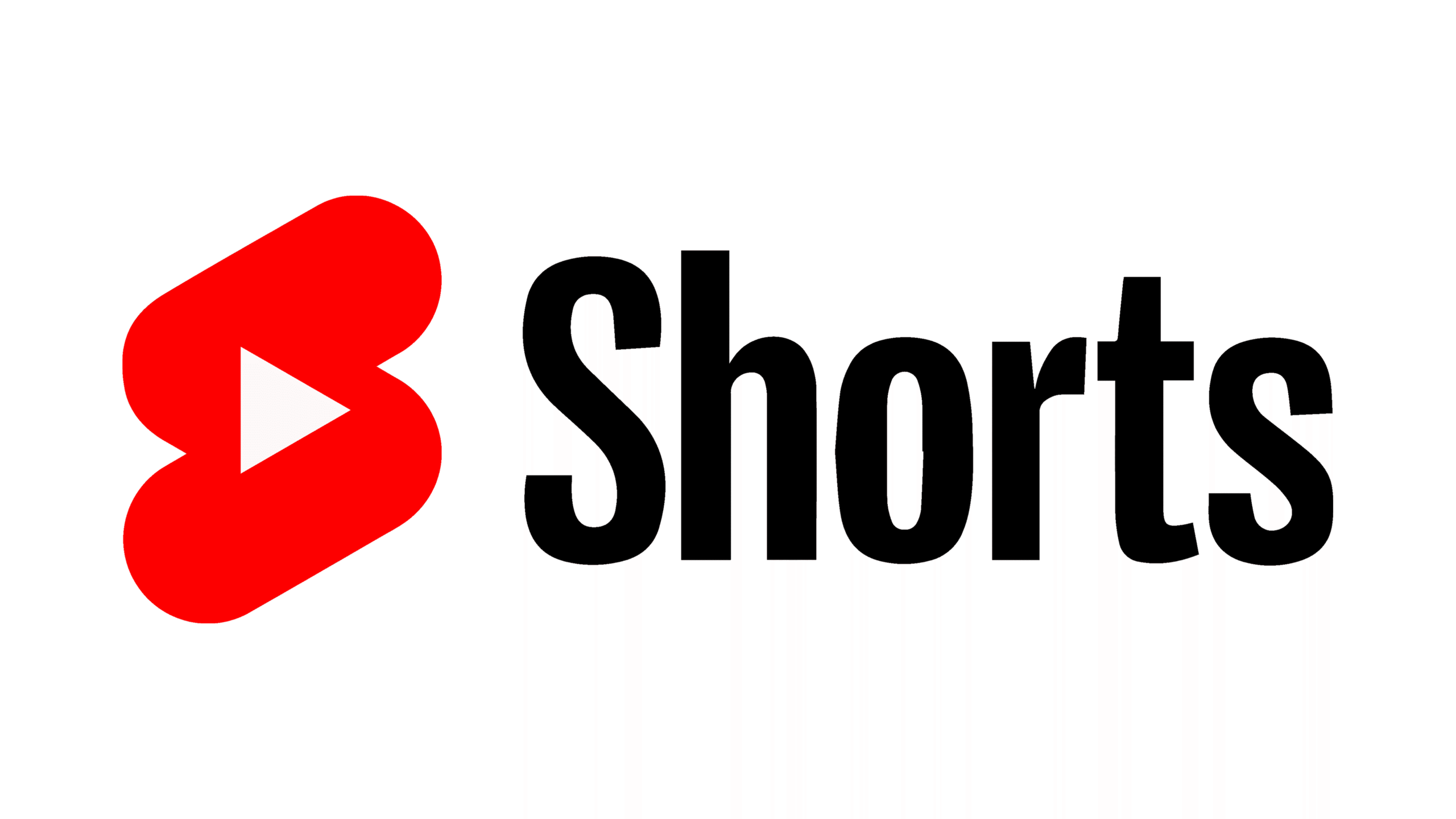
Published: Dec 26, 2015 09:45 am